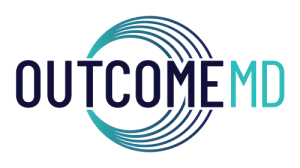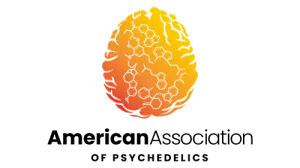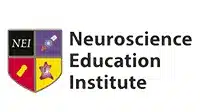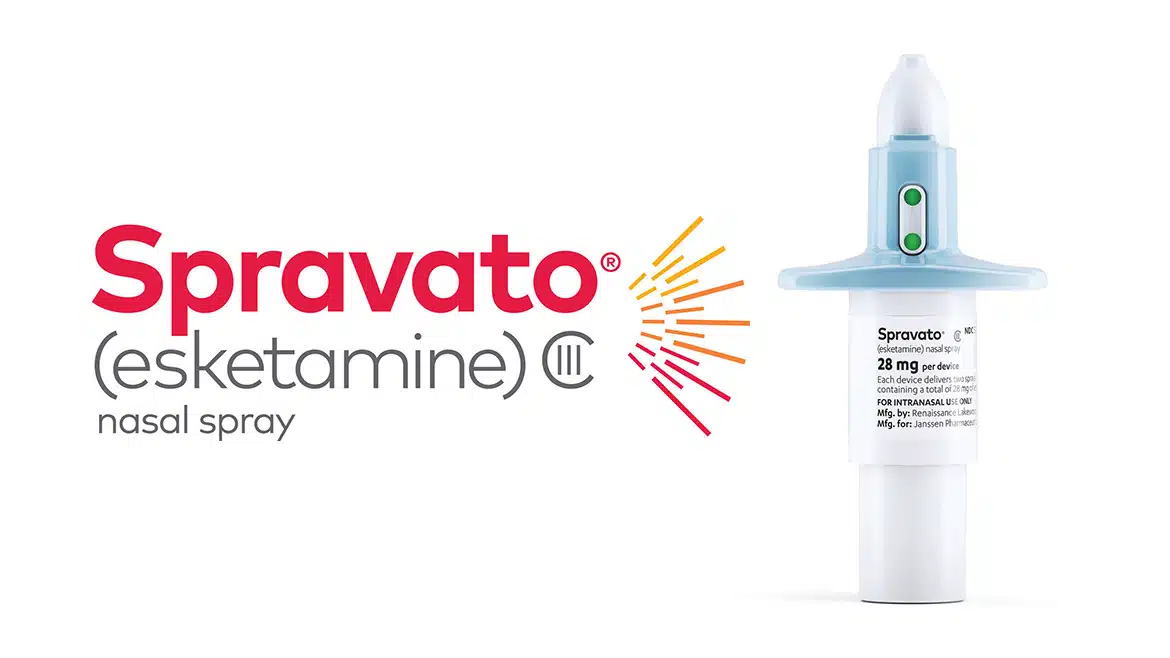Unraveling the Potential of Ketamine in Anxiety Treatment
In today’s fast-paced world, where stressors are abundant, the prevalence of anxiety disorders has surged, positioning them as one of the predominant mental health challenges of our times. Across nations and cultures, anxiety disorders manifest in myriad forms — from generalized anxiety and panic disorders to specific phobias and social anxiety. While many experience transient bouts of worry, for those diagnosed with anxiety disorders, the apprehension, dread, and overthinking are persistent and often debilitating, casting shadows over their daily lives.
To combat these disorders, a multidimensional therapeutic approach is typically employed, combining the strengths of cognitive-behavioral therapies with pharmacological interventions. Medications like SSRIs (Selective Serotonin Reuptake Inhibitors) and benzodiazepines have been frontline defenders in this battle for decades. Yet, a significant subset of anxiety patients find themselves resistant or only partially responsive to these conventional treatments. The weight of unrelenting anxiety, paired with treatment failures, can plunge individuals further into despair.
This somber backdrop is where ketamine, an anesthetic agent with a rich history spanning over half a century, is making ripples of hope. Once confined to operating rooms and, later, associated with recreational misuse, ketamine is now being revisited and revered for its potential psychiatric applications. For those whom traditional therapies have left untouched, ketamine shines as a beacon, suggesting a new direction in the treatment landscape of anxiety. Its rapid onset of action, distinct neurochemical interactions, and promising preliminary results have positioned it as a captivating focus of contemporary mental health research and application.
The Evolving Narrative of Ketamine: From Anesthesia to Anxiety Alleviation
Ketamine’s introduction to the medical landscape dates back to the 1960s. Initially synthesized as a replacement for PCP (phencyclidine), which had adverse side effects, ketamine emerged as a safer alternative, primarily known for its anesthetic properties. Its unique ability to provide anesthesia without suppressing breathing made it an invaluable asset in surgical suites, especially during shorter procedures. Moreover, its use wasn’t limited to high-tech hospitals in well-resourced settings; ketamine was also a staple in battlefields and remote areas, lauded for its reliable and rapid anesthetic effects with minimal equipment.
Beyond the controlled environments of operating rooms, the drug found applications in pain management, especially for conditions characterized by chronic or neuropathic pain. Its dissociative properties, inducing a trance-like state, were employed to detach patients temporarily from their pain, making certain treatments more bearable.
However, as the decades unfolded, so did a deeper understanding of ketamine’s potential. The once narrowly-defined surgical anesthetic started to gain attention beyond its traditional domains. Anecdotal accounts from individuals using ketamine recreationally began to hint at its mood-altering capabilities. These recreational uses, while problematic in their own right, inadvertently highlighted a potential therapeutic avenue for the drug.
Researchers, intrigued by these reports, initiated preliminary studies to understand ketamine’s impact on mood disorders. The results were groundbreaking. Depression, a condition often resistant to traditional treatments, seemed to respond to ketamine rapidly and robustly. This paved the way for more rigorous and systematic investigations into ketamine’s potential as an antidepressant.
Soon after, the spotlight began to shine on another debilitating condition: anxiety. Preliminary data, both from clinical trials and anecdotal experiences, started hinting at ketamine’s potential in ameliorating symptoms of anxiety disorders. This revelation, while still in its early stages of research, promised a new horizon for countless individuals struggling with anxiety, especially those who found little relief from conventional treatments.
Anxiety: Delving Deep into the Complex Web of Unrelenting Fear
At the heart of human emotion lies anxiety, an intrinsic reaction evolved over millennia to help us navigate potential threats. However, in the modern world, this evolutionary safeguard has often transformed into a consistent, overwhelming dread, transcending the everyday worries that are part and parcel of life’s challenges.
Anxiety is like a shadow, constantly looming, casting its persistent pall over even the sunniest of days. It’s not just a fleeting sensation experienced before a critical event or decision. It’s a continual, gnawing presence, an internal alarm system that seldom quiets, making even mundane tasks feel insurmountable. This profound sense of fear and apprehension can be so consuming that it becomes a significant barrier, dictating choices, limiting experiences, and eroding personal relationships.
The spectrum of anxiety disorders is vast and multifaceted. At one end, there’s Generalized Anxiety Disorder (GAD), where the distress is persistent and not tied to any specific situation. Individuals with GAD often find themselves trapped in a cycle of perpetual worry, always anticipating the worst, even in the absence of apparent triggers. Their minds become a swirling storm of ‘what ifs,’ making peace and relaxation elusive.
Then, there are more situational forms, like Social Anxiety Disorder. Here, the fear is tied to social interactions. Those affected aren’t merely shy; they are paralyzed by the dread of judgment, ridicule, or humiliation. Simple interactions, like attending a gathering or even making a phone call, can trigger intense anxiety.
Furthermore, each variant of this condition brings its unique set of challenges, intricacies, and coping mechanisms. But a common thread weaving them together is the profound impact they have on one’s quality of life, highlighting the pressing need for effective therapeutic interventions.
Ketamine's Revolutionary Impact on Anxiety Treatment
For those acquainted with the ever-evolving realm of mental health treatments, ketamine stands out as a beacon of hope, especially for conditions resistant to traditional therapies. While its origins trace back to anesthesia, its potential as a potent weapon against anxiety is now gaining momentum. Here’s a deeper dive into how ketamine’s interaction with the brain has the potential to turn the tables in the fight against anxiety.
NMDA Receptors and The Glutamatergic System: A Fresh Perspective
At the core of ketamine’s therapeutic promise is its unique mode of action. While most conventional treatments for anxiety, such as SSRIs (Selective Serotonin Reuptake Inhibitors), operate mainly by altering serotonin levels, ketamine carves a different path. It interacts with NMDA (N-methyl-D-aspartate) receptors, intricately associated with memory and synaptic plasticity. This interaction with the NMDA receptors has a cascading effect on the glutamatergic system, the chief neurotransmitter system responsible for neural activation.
The glutamatergic system is vital for cognition, memory, and learning. Imbalances or disruptions in this system have been implicated in various neurological and psychiatric disorders, including anxiety. By targeting this system, ketamine offers a nuanced approach to anxiety treatment, shedding light on new therapeutic possibilities.
A Swift Reprieve: The Speed of Ketamine’s Impact
Amidst the repertoire of treatments available, what has captured both clinicians’ and patients’ attention is the sheer rapidity with which ketamine can assuage symptoms. Most traditional anxiety treatments require weeks, sometimes months, to show notable effects. In stark contrast, ketamine has demonstrated potential in delivering relief in a fraction of that time – often mere hours or days post-administration. For someone enveloped in the paralyzing grip of anxiety, this accelerated relief is nothing short of transformative, providing an immediate respite and a renewed sense of hope.
Rewiring the Brain: Ketamine and Enhanced Neuroplasticity
Beyond its immediate effects, ketamine’s influence on the brain’s structural aspects is equally groundbreaking. The concept of neuroplasticity, the brain’s innate capability to restructure and form new synaptic connections, comes to the forefront here. Ketamine seems to enhance this intrinsic ability, fostering an environment where the brain can form new, healthier neural pathways.
These pathways, unmarred by the patterns of anxiety, can potentially provide alternatives to the ingrained neural routes that often perpetuate feelings of dread and apprehension. Over time, as the brain continues to reinforce these healthier connections, the once-overpowering influence of anxiety may start to diminish.
This encouragement of neuroplasticity also paves the way for more sustained long-term recovery. By facilitating the brain’s inherent adaptability, ketamine not only offers immediate relief but also aids in laying down the foundation for lasting change.
In essence, ketamine’s multifaceted approach to treating anxiety—spanning rapid symptomatic relief, modulation of the glutamatergic system, and promotion of neuroplasticity—makes it a potent candidate for reshaping the future of anxiety treatments.
Ketamine Treatment for Anxiety
Ketamine, while historically an anesthetic, has experienced a renaissance as a potent treatment for anxiety and other mood disorders. The meticulous approach to its administration, particularly for anxiety, is pivotal for its efficacy and safety. Here’s a detailed breakdown of what one can expect during the ketamine treatment process for anxiety.
Mode of Administration: Intravenous Delivery
The gold standard for administering ketamine in the context of anxiety treatment remains intravenous (IV) infusion. This method ensures the drug’s efficient delivery directly into the bloodstream, facilitating rapid absorption and onset of effects. This direct path bypasses the metabolic processes of the digestive system, ensuring that a consistent and controlled dose reaches the brain.
Dose Considerations: Safety and Precision
The dosage and concentration of ketamine used in treating anxiety are markedly different from those employed for anesthetic purposes. When targeting anxiety, the doses are significantly reduced to ensure both efficacy and safety. This careful calibration is essential to avoid potential adverse effects and to achieve the desired therapeutic outcomes.
The Dissociative Experience: A Dive into the Subconscious
One of the most notable effects during the ketamine infusion is the transient dissociative state that patients often encounter. This is not merely a side effect but is believed by some to play a therapeutic role. Many describe this state as a profound feeling of detachment from their immediate surroundings, akin to floating or being immersed in a dream. Some patients report journeying inward, traversing the landscapes of their subconscious. These experiences, while varying in depth and content for each individual, can offer valuable insights and perspectives on underlying anxieties.
In this dream-like trance, the barriers that often hinder introspection in everyday consciousness might become more permeable. For some, this could be an opportunity to confront and process deeply embedded fears or traumatic memories in a safe environment. The guiding presence of trained medical professionals ensures that this dissociative state is navigated safely, with the patient’s wellbeing as the paramount concern.
In summary, the ketamine treatment procedure for anxiety is a well-orchestrated combination of science, precision, and compassionate care. From the methodical IV administration to navigating the therapeutic dissociative experience, every step is designed to maximize the potential for healing and recovery.
The odyssey of ketamine, transitioning from its initial role as an anesthetic to emerging as a ray of hope for those besieged by anxiety, is truly remarkable. Born in operating rooms to numb physical pain, its latent potential to soothe the tumult of the mind remained untapped for years. Now, as its therapeutic capabilities unfold, it’s being hailed as a game-changer by many who had almost resigned to the shackles of their condition.
However, it’s essential to underscore that ketamine isn’t a universal solution. Its effects can vary, and while many herald its transformative impact, others may find it less effective or suitable. As with all medical interventions, especially those as potent and unique as ketamine, a well-informed approach is crucial. Engaging with healthcare professionals, understanding potential risks and benefits, and weighing them against personal needs and health profiles are all imperative steps.
Amidst the vast spectrum of treatments available today, ketamine’s unconventional trajectory and potential place it in a distinctive niche. In the ever-evolving quest to combat anxiety and its debilitating effects, ketamine shines as a testament to medical innovation and human resilience.
Our Stories and Articles
Discover how Ketamine Therapy Depression Treatment is revolutionizing mental health care and transforming lives.
Introduction A Brief Overview of Depression and Its Impact on Society Depression is a common, yet serious, mood disorder that […]
Introduction to Spravato in Tampa FL, Knoxville TN and Johnson City TN Brief Overview of Spravato Spravato, also known as […]
Revitalist Offers a New Source of Relief
How Does Ketamine Work?
Ketamine has been shown to stimulate neuron growth in the brain in as quickly as one hour. Many scientists studying ketamine are focusing on the neurotransmitter glutamate, which plays an important role in neural activation.
Can My Doctor Refer Me To Revitalist?
The Revitalist Provider Portal allows your doctor to easily, and with much attention to privacy, refer you for consultation. Should you receive treatment, we will communicate with your existing provider(s) regarding your care.
How Soon Will My Symptoms Improve?
More than 70% of patients with treatment-resistant depression (including bipolar patients) experience rapid relief after a low-dose ketamine infusion. Similar success rates have been seen in returning combat veterans suffering from PTSD.











